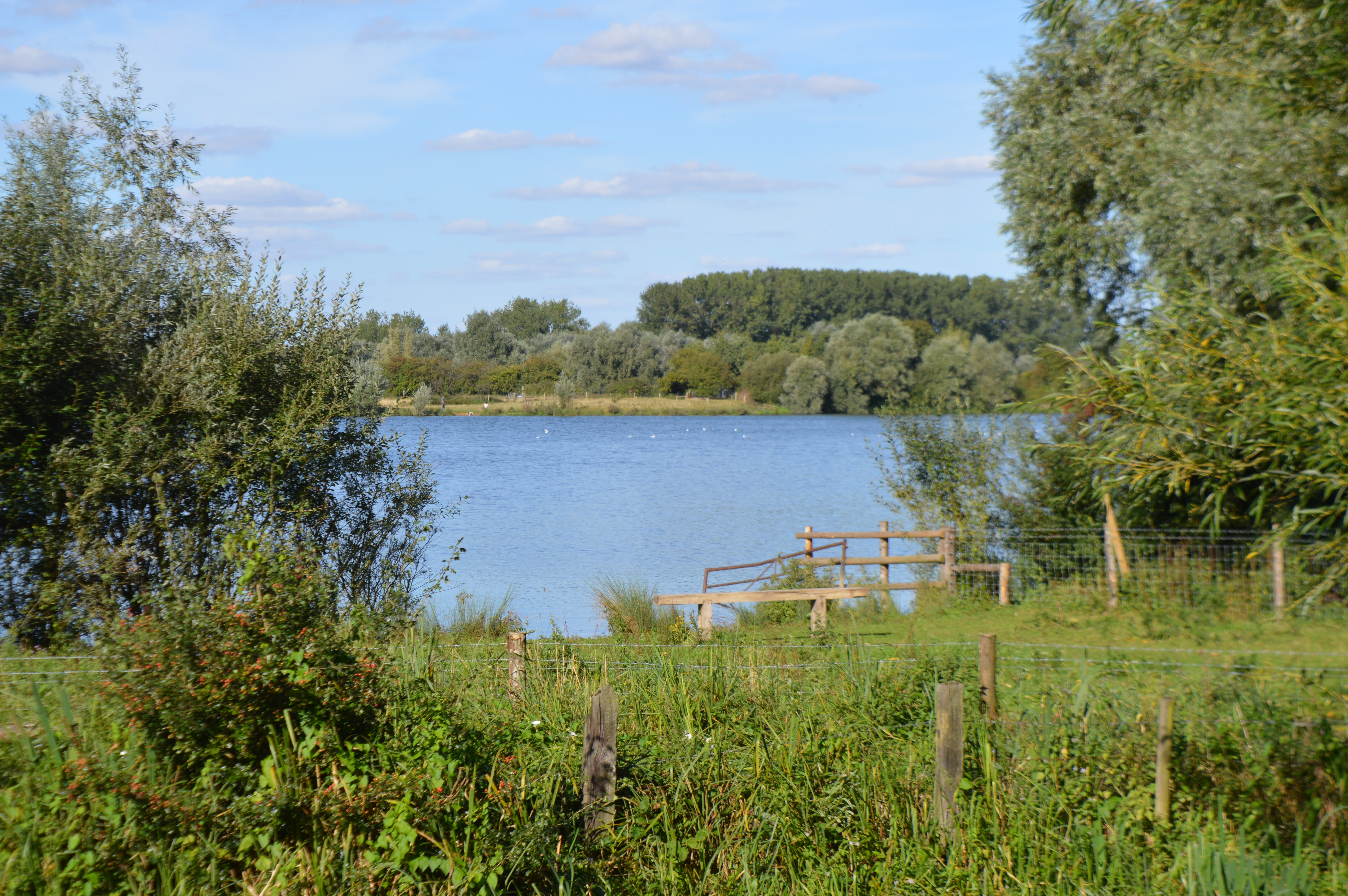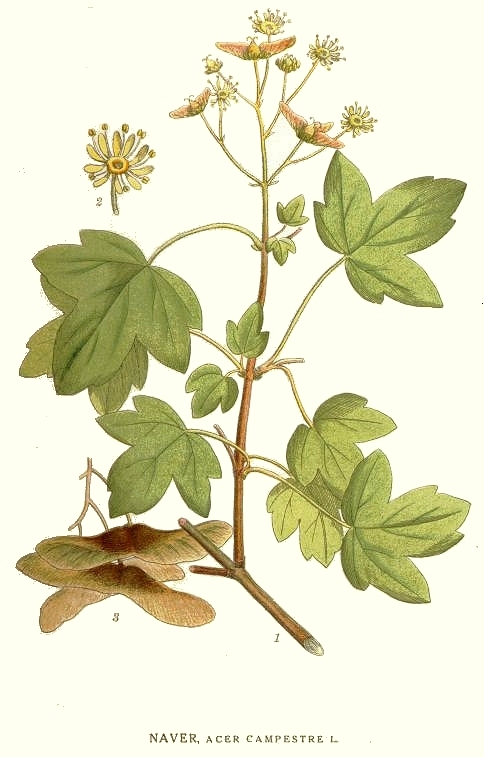|
Cherry Hinton Pit
Cherry Hinton Pit is a biological Site of Special Scientific Interest (SSSI) on the south-eastern outskirts of Cambridge. The site consists of East Pit and most of the smaller West Pit (excluding a caravan park in the centre). East Pit is part of the Limekiln Close and East Pit Local Nature Reserve, which is managed by the Wildlife Trust for Bedfordshire, Cambridgeshire and Northamptonshire under the name Cherry Hinton Chalk Pits. West Pit is a separate Local Nature Reserve (LNR). These former chalk quarries have a variety of habitats, including grassland and woodland with ash trees, field maple and cherries. The site was designated an SSSI because it has four rare plants, three of which are listed in the British Red List of Threatened Species. These are great pignut, moon carrot and grape hyacinth ''Muscari'' is a genus of perennial bulbous plants native to Eurasia that produce spikes of dense, most commonly blue, urn-shaped flowers resembling bunches of grapes in ... [...More Info...] [...Related Items...] OR: [Wikipedia] [Google] [Baidu] |
Site Of Special Scientific Interest
A Site of Special Scientific Interest (SSSI) in Great Britain or an Area of Special Scientific Interest (ASSI) in the Isle of Man and Northern Ireland is a conservation designation denoting a protected area in the United Kingdom and Isle of Man. SSSI/ASSIs are the basic building block of site-based nature conservation legislation and most other legal nature/geological conservation designations in the United Kingdom are based upon them, including national nature reserves, Ramsar sites, Special Protection Areas, and Special Areas of Conservation. The acronym "SSSI" is often pronounced "triple-S I". Selection and conservation Sites notified for their biological interest are known as Biological SSSIs (or ASSIs), and those notified for geological or physiographic interest are Geological SSSIs (or ASSIs). Sites may be divided into management units, with some areas including units that are noted for both biological and geological interest. Biological Biological SSSI/ASSIs may ... [...More Info...] [...Related Items...] OR: [Wikipedia] [Google] [Baidu] |
Cambridge
Cambridge ( ) is a university city and the county town in Cambridgeshire, England. It is located on the River Cam approximately north of London. As of the 2021 United Kingdom census, the population of Cambridge was 145,700. Cambridge became an important trading centre during the Roman and Viking ages, and there is archaeological evidence of settlement in the area as early as the Bronze Age. The first town charters were granted in the 12th century, although modern city status was not officially conferred until 1951. The city is most famous as the home of the University of Cambridge, which was founded in 1209 and consistently ranks among the best universities in the world. The buildings of the university include King's College Chapel, Cavendish Laboratory, and the Cambridge University Library, one of the largest legal deposit libraries in the world. The city's skyline is dominated by several college buildings, along with the spire of the Our Lady and the English Martyrs ... [...More Info...] [...Related Items...] OR: [Wikipedia] [Google] [Baidu] |
West Pit
West Pit is a 4.3 hectare Local Nature Reserve in Cherry Hinton, on the south-eastern outskirts of Cambridge. It is part of the Cherry Hinton Pit biological Site of Special Scientific Interest A Site of Special Scientific Interest (SSSI) in Great Britain or an Area of Special Scientific Interest (ASSI) in the Isle of Man and Northern Ireland is a conservation designation denoting a protected area in the United Kingdom and Isle of ... (SSSI), which includes the neighbouring East Pit. This former chalk quarry is now steeply sloping woodland with a caravan park in the centre. The woodland has been designated an SSSI due to the presence of a plant on the British Red List of Threatened Species, the moon carrot. The site has been designated a Local Nature Reserve (LNR) by Cambridge City Council, which shows it as one LNR and East Pit and Limekiln Close as another LNR. However, the LNRs are confused on the Natural England website. One is shown as Limekiln Close and West P ... [...More Info...] [...Related Items...] OR: [Wikipedia] [Google] [Baidu] |
Limekiln Close And East Pit
Limekiln Close and East Pit is a 10 hectare Local Nature Reserve (LNR) in Cherry Hinton, on the south-eastern outskirts of Cambridge. It is managed by the Wildlife Trust for Bedfordshire, Cambridgeshire and Northamptonshire as Cherry Hinton Chalk Pits. East Pit is part of the Cherry Hinton Pit biological Site of Special Scientific Interest, which excludes Limekiln Close but includes the neighbouring West Pit West Pit is a 4.3 hectare Local Nature Reserve in Cherry Hinton, on the south-eastern outskirts of Cambridge. It is part of the Cherry Hinton Pit biological Site of Special Scientific Interest A Site of Special Scientific Interest (SSSI .... The two parts of the site are both former chalk quarries. East Pit is surrounded by steep walls of chalk, and the base is wildflower grassland with areas of scrub. Flowers include millkwort, harebell, kidney vetch and the rare moon carrot, which is on the British Red List of Threatened Species. Quarrying ceased 200 yea ... [...More Info...] [...Related Items...] OR: [Wikipedia] [Google] [Baidu] |
Wildlife Trust For Bedfordshire, Cambridgeshire And Northamptonshire
The Wildlife Trust for Bedfordshire, Cambridgeshire and Northamptonshire (WTBCN) is a registered charity which manages 126 nature reserves covering . It has over 35,000 members, and 95% of people in Bedfordshire, Cambridgeshire and Northamptonshire live within five miles of a reserve. In the year to 31 March 2016 it employed 105 people and had an income of £5.1 million. It aims to conserve wildlife, inspire people to take action for wildlife, offer advice and share knowledge. The WTBCN is one of 36 wildlife trusts covering England, and 46 covering the whole of the United Kingdom. In 1912 Charles Rothschild formed the Society for the Promotion of Nature Reserves to protect sites considered "worthy of preservation". The society worked to secure statutory protection, and this began with the National Parks and Access to the Countryside Act 1949. In 1959 the society took on a coordinating role for local wildlife trusts, which covered the whole of Britain and Northern Ireland by 1 ... [...More Info...] [...Related Items...] OR: [Wikipedia] [Google] [Baidu] |
Field Maple
''Acer campestre'', known as the field maple, is a flowering plant species in the family Sapindaceae. It is native to much of continental Europe, Britain, southwest Asia from Turkey to the Caucasus, and north Africa in the Atlas Mountains. It has been widely planted, and is introduced outside its native range in Europe and areas of USA and Western Australia with suitable climate. Description It is a deciduous tree reaching tall, with a trunk up to in diameter, with finely fissured, often somewhat corky bark. The shoots are brown, with dark brown winter buds. The leaves are in opposite pairs, long (including the petiole) and broad, with five blunt, rounded lobes with a smooth margin. Usually monoecious, the flowers are produced in spring at the same time as the leaves open, yellow-green, in erect clusters across, and are insect-pollinated. The fruit is a samara with two winged achenes aligned at 180°, each achene is wide, flat, with a wing. The two varieties, not accept ... [...More Info...] [...Related Items...] OR: [Wikipedia] [Google] [Baidu] |
IUCN Red List
The International Union for Conservation of Nature (IUCN) Red List of Threatened Species, also known as the IUCN Red List or Red Data Book, founded in 1964, is the world's most comprehensive inventory of the global conservation status of biological species. It uses a set of precise criteria to evaluate the extinction risk of thousands of species and subspecies. These criteria are relevant to all species and all regions of the world. With its strong scientific base, the IUCN Red List is recognized as the most authoritative guide to the status of biological diversity. A series of Regional Red Lists are produced by countries or organizations, which assess the risk of extinction to species within a political management unit. The aim of the IUCN Red List is to convey the urgency of conservation issues to the public and policy makers, as well as help the international community to reduce species extinction. According to IUCN the formally stated goals of the Red List are to provi ... [...More Info...] [...Related Items...] OR: [Wikipedia] [Google] [Baidu] |
Great Pignut
''Bunium bulbocastanum'' is a plant species in the family Apiaceae. It was once used as a root vegetable in parts of western Europe, and has been called great pignut or earthnut. Growth The plant is native to western Europe. It reaches about tall and wide, bearing frilly leaves and hermaphroditic flowers; it is pollinated by insects and self-fertile. The small, rounded taproot is edible raw or cooked, and said to taste like sweet chestnuts. The leaf can be used as an herb or garnish similar to parsley Parsley, or garden parsley (''Petroselinum crispum'') is a species of flowering plant in the family Apiaceae that is native to the central and eastern Mediterranean region (Sardinia, Lebanon, Israel, Cyprus, Turkey, southern Italy, Greece, Por .... References External links * * {{Taxonbar, from=Q252331 Apioideae Flora of Europe Edible Apiaceae Spices Root vegetables Plants described in 1753 Taxa named by Carl Linnaeus ... [...More Info...] [...Related Items...] OR: [Wikipedia] [Google] [Baidu] |
Seseli Libanotis
''Seseli libanotis'', also known by the common names moon carrot, mountain stone-parsley, or säfferot, is a species of herb in the genus ''Seseli'' of the carrot family, ''Apiaceae''. It is native to Eurasia, throughout which it is widespread. Description ''Seseli libanotis'' grows high, with erect, branching stems. The leaves follow an alternating pattern, with lower leaves stalked and upper leaves stalkless. The undersides of leaflets are bluish green. The flowers grow to under wide and are white, sometimes slightly reddish. The flowers follow an actinomorphic or slightly irregular zygomorphic pattern and form umbels consisting of as many as sixty flowers, with many umbels forming smaller umbels of their own. The fruit is a flat, two-sectioned, egg-shaped schizocarp that is brown in color and slightly hairy in texture, and usually grows to long. Three subspecies have been identified: ''S. l. intermedium'', ''S. l. libanotis'', and ''S. l. sibiricum''. Ecology ''Seseli lib ... [...More Info...] [...Related Items...] OR: [Wikipedia] [Google] [Baidu] |
Grape Hyacinth
''Muscari'' is a genus of perennial bulbous plants native to Eurasia that produce spikes of dense, most commonly blue, urn-shaped flowers resembling bunches of grapes in the spring. The common name for the genus is grape hyacinth (a name which is also used for the related genera ''Leopoldia'' and '' Pseudomuscari'', which were formerly included in ''Muscari''), but they should not be confused with hyacinths. A number of species of ''Muscari'' are used as ornamental garden plants. Description The genus ''Muscari'' originated in the Old World, including the Mediterranean basin, central and Southern Europe, northern Africa, western, central and south-western Asia. It has become naturalized elsewhere, including Northern Europe and the United States. Brian Mathew says that many species of grape hyacinths, including not only ''Muscari'' but also the related ''Leopoldia'' and '' Pseudomuscari'', are difficult to distinguish., pp. 124–130 They usually have one or more narrow leaves ... [...More Info...] [...Related Items...] OR: [Wikipedia] [Google] [Baidu] |




